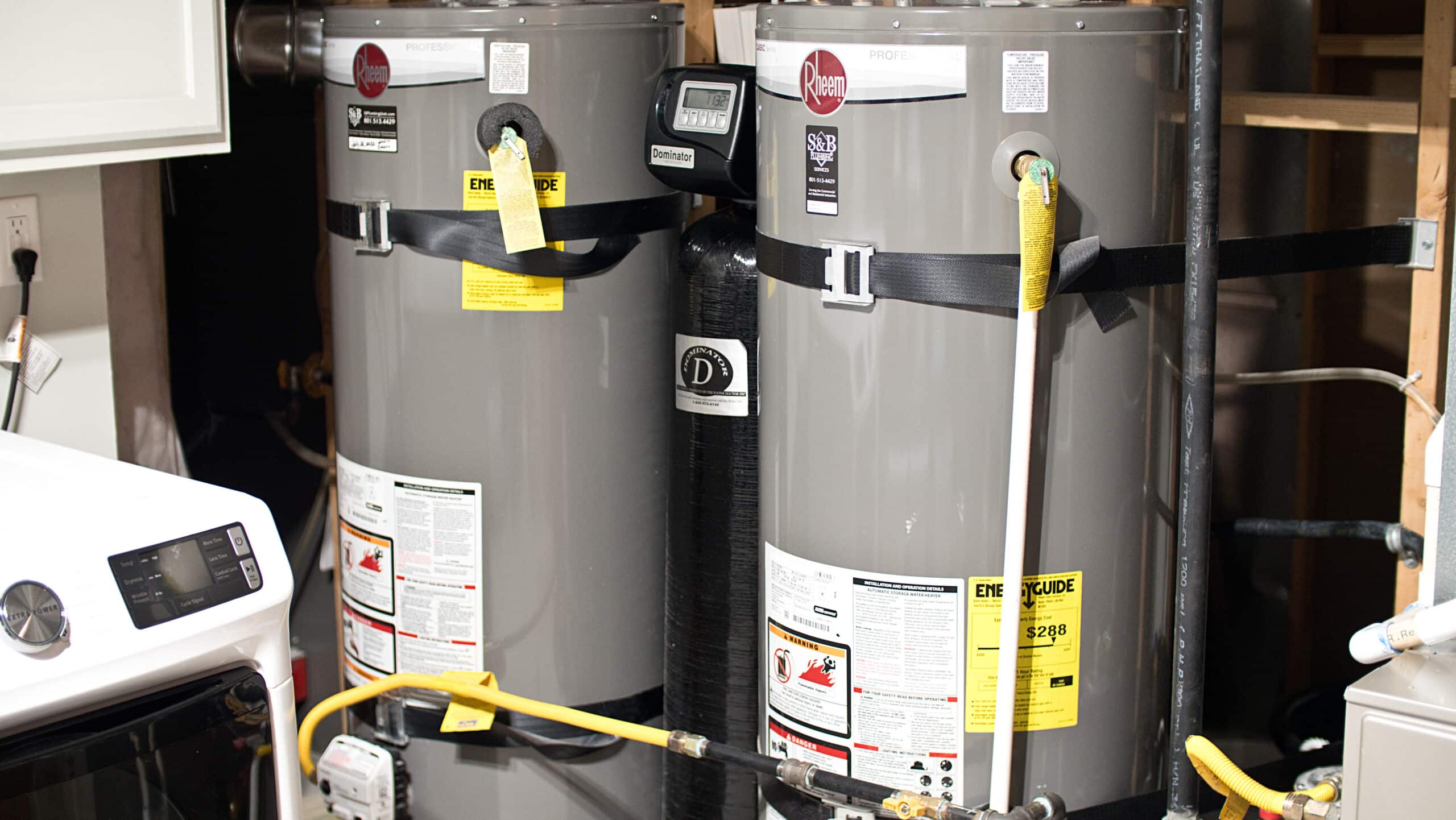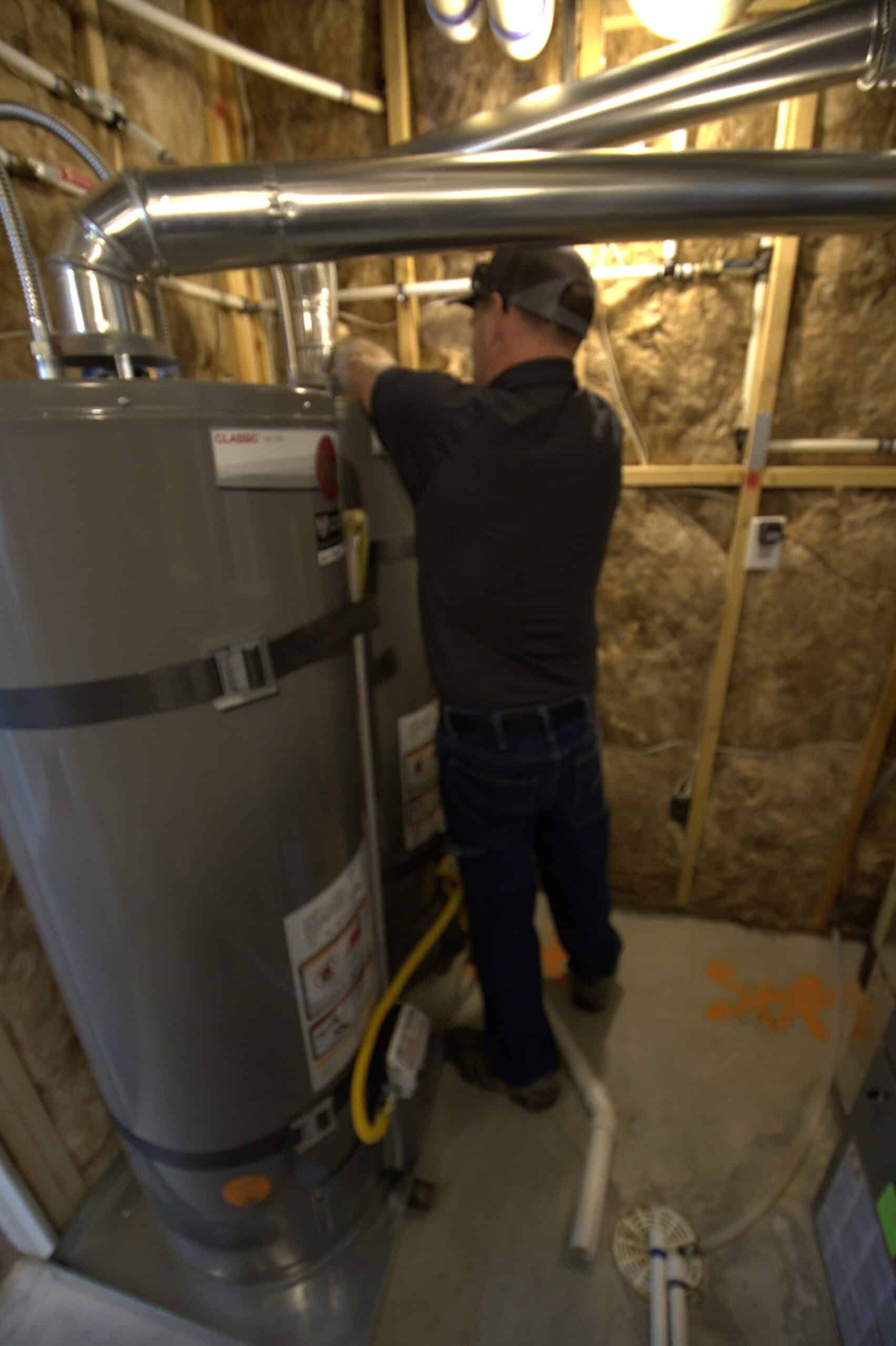Maintaining your water heater is essential for its long-term performance and efficiency. Implementing a regular maintenance routine, such as draining and flushing the tank, helps homeowners to prevent sediment buildup and optimize the heater’s efficiency. This not only saves money on energy costs but also extends the lifespan of the water heater, ensuring reliable hot water supply for years to come.
This blog will give you simple tips for extending the lifespan of your water heater. By offering straightforward advice on maintenance, monitoring, and best practices, you can take proactive steps to ensure their water heaters operate efficiently and effectively for years to come.
7 Tips for Extending the Lifespan of Your Water Heater

1. Regular Maintenance
Draining and flushing the tank of your water heater is vital to remove sediment, minerals, and other debris that accumulate over time. These deposits can hinder the heater’s efficiency, leading to increased energy consumption and potential damage to internal components. Regular flushing not only ensures optimal performance but also extends the lifespan of the water heater. It also maintains water quality, prevents foul odors, and reduces the risk of corrosion within the tank, which promotes safe and reliable hot water supply.
Conducting maintenance checks on your water heater should be done at least once a year, though more frequent inspections may be necessary in areas with hard water or high sediment levels. Regular monitoring enables early detection of issues, allowing for timely repairs and preventing costly damage. By adhering to a consistent maintenance schedule, homeowners can proactively address potential problems and maximize the efficiency and longevity of their water heater.
2. Monitoring Water Quality
Hard water contains high levels of minerals like calcium and magnesium, which can lead to scaling and buildup inside the water heater. This build up reduces efficiency, increases energy consumption, and accelerates wear and tear on components.
Installing water softeners or filtration systems can help mitigate the effects of hard water by removing minerals and impurities before they enter the water heater. This prolongs the lifespan of the heater and ensures efficient operation.
Signs of sediment buildup include reduced hot water flow, strange noises from the tank, and discolored water. Flushing the tank regularly helps remove accumulated sediment, maintaining optimal performance and preventing damage.
3. Proper Temperature Settings
Setting the water heater temperature to around 120 degrees Fahrenheit balances energy efficiency and safety. This temperature is hot enough to meet household needs while minimizing energy consumption and reducing the risk of scalding accidents, particularly for children and the elderly.

High temperatures can accelerate wear and tear on the heater’s components, as well, which can lead to increased risks of leaks, corrosion, and premature failure. Excessive heat can also cause mineral buildup and reduce the heater’s efficiency over time.
Adjusting the water heater temperature based on household needs ensures comfort while optimizing energy efficiency. For example, lowering the temperature when away from home or during vacations can save energy, while increasing it during peak usage times ensures an adequate supply of hot water.
4. Checking Pressure Relief Valve
The pressure relief valve is critical for maintaining safe pressure levels within the water heater. It prevents excessive pressure buildup, which could lead to dangerous explosions or ruptures. Regularly testing the pressure relief valve ensures it functions properly, Simply lifting the valve’s lever momentarily and allowing it to snap back into place can verify its operation. If the pressure valve fails the test or shows signs of damage, it should be replaced promptly. Professional assistance may be required for complex repairs.
5. Insulating Your Water Heater
Another tip for extending the lifespan of your water heater is to insulate the tank. Insulating it reduces heat loss, improves energy efficiency, and lowers utility bills. Common insulation methods use materials like foam insulation blankets or jackets that can be easily installed around the tank. There should be proper ventilation and manufacturer guidelines should be followed to prevent fire hazards and maintain safe operation.
6. Addressing Leaks Promptly
Checking for leaks and addressing them promptly is a way to extend the lifespan of your water heater. Check for pooling water around the tank, dampness or corrosion on connections, and unusual hissing or dripping sounds. Leaks can stem from loose connections, corroded pipes, or internal tank damage, which can lead to water damage and increased utility costs.
To repair leaks you should tighten connections, replace damaged components, or patch minor leaks with plumbing tape. If you are unsure how to address major leaks, you will want to consult a plumber promptly.
7. Protecting Against Corrosion
Corrosion occurs on water heaters when metal components of it react with water, leading to rust and deterioration. Anode rods are made from more reactive metals in the tank, sacrificing themselves to protect against corrosion by attracting corrosive elements. Regularly check anode rods for corrosion and replace them if they are significantly degraded to maintain effective corrosion protection.

Choose S&B Plumbing for All Your Plumbing Needs
Even when you implement these tips for extending the lifespan of your water heater, you may face unexpected emergencies that require a plumber. S&B Plumbing has experienced plumbers who have the knowledge and expertise to repair any plumbing problems, including water heaters, sewer lines, and more. Contact us to learn more about our services and book an appointment.
